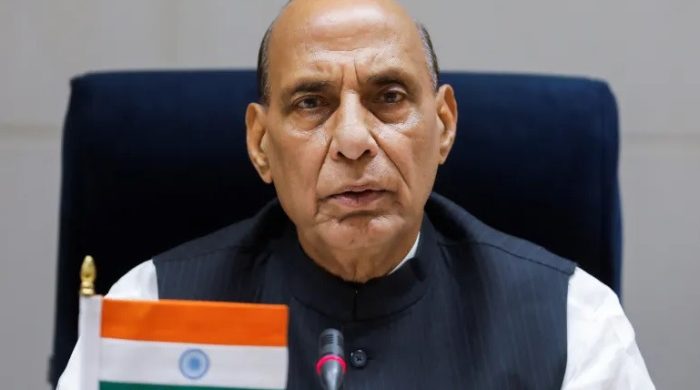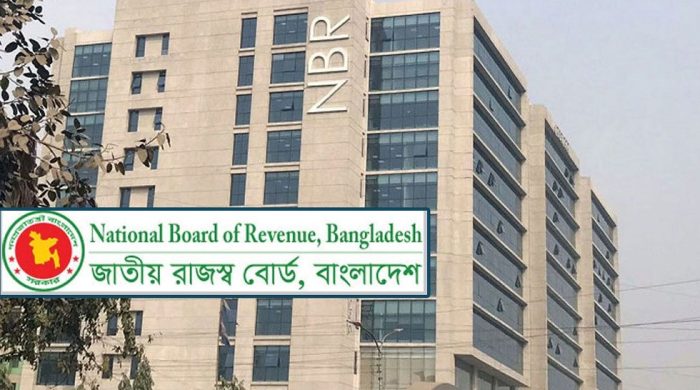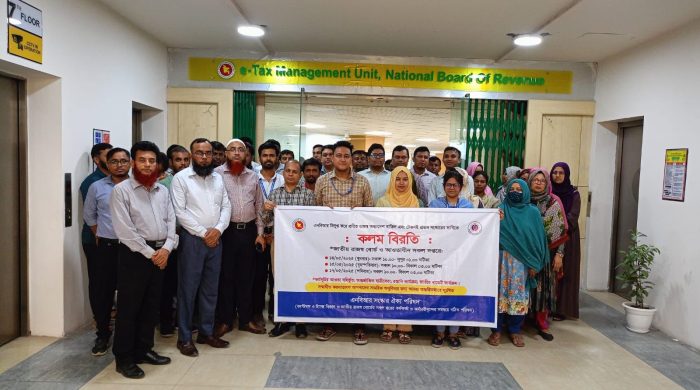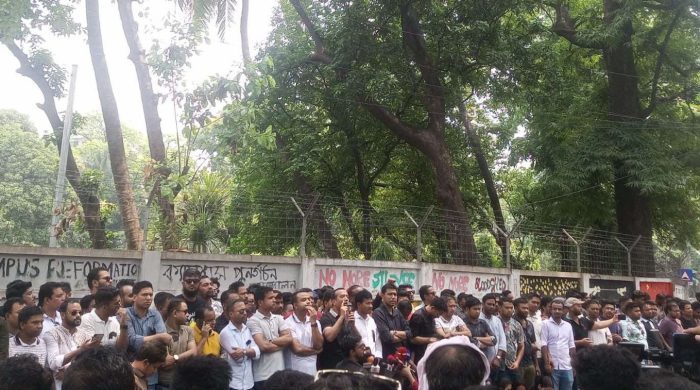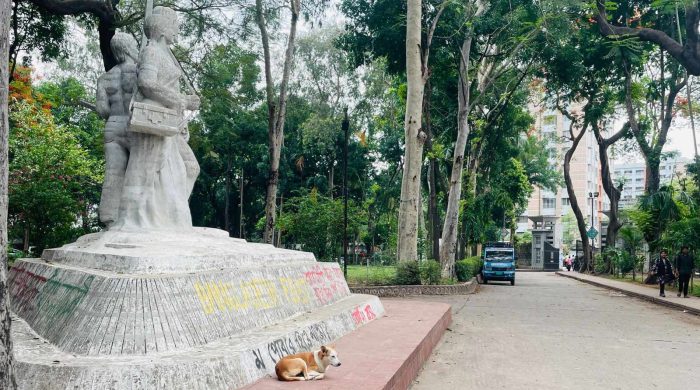Transmission infra: The missing link in Bangladesh’s power play

- Update Time : Monday, December 27, 2021
- 113 Time View
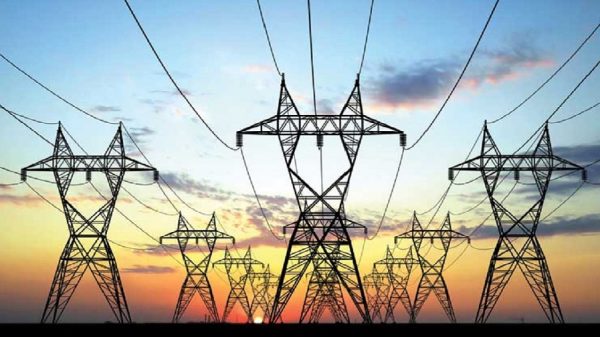
For an electricity-surplus nation like Bangladesh, Covid as well as inadequate transmission infrastructure seem to be the biggest threat to its resilient power sector and the country’s aggressive economic growth targets.
This inference can be drawn from the state-owned Bangladesh Power Development Board’s (BPDB) official figures that clearly indicate its consistent failure in meeting the planned electricity generation target over the last four years.
Demand for electricity, its generation through optimum capacity utilisation of power plants, and its supply are the basic indicators of a country’s power sector.
According to the official figures, accessed by UNB, only 1,324 MW of installed capacity was added to the grid between January and November 2021 against a projected 2,169 MW.
The last three year’s figures also indicate a slower growth — 1,771 MW of power was added in 2020 against the projected 2,817 MW; in 2019, the data was 2,404 MW against 4,924 MW; and it was 3,763 MW against 4,691 MW in 2018.
Overall, the country’s current installed generation capacity stood at 22,031 MW as of December 15 this year, which was 20,995 MW on November 15, 2020, and 19,570 MW on the same day in 2019, as per the BPDB data.
To keep the records straight, it may be mentioned here that the captive power generation — believed to be 3,500-4,000 MW — has not been included in the data as this is out of the grid and generated only by private industries.
Experts attribute this year-on-year slower trend in power generation to Covid-induced slowdown as well as the poor transmission infrastructure — consumers in some areas still complain of outages and fluctuations.
“The Covid-induced economic stagnancy has impeded the rise in power demand, and this could be behind the board going slow on electricity generation,” says Prof Tamim of Bangladesh University of Engineering and Technology (BUET).
The BPDB statistics also show that though the country’s installed generation capacity is now 22,031 MW and the de-rated or actual capacity is 20,934 MW. The highest power production was 13,992 MW on April 27 this year.
This reveals that the surplus in power generation is between 8,239 MW and 7,142 MW or about 31%.
Of the total installed generation capacity, the public sector holds 10,146 MW (46%) and the private sector 9,481 MW (43%). And public-private sectors jointly hold 1,244 MW (6%), while imported power is 1,160 MW (5%).
The number of the country’s electricity consumers has also increased to 41.6 million (4.16 crore) in November 2021 from 38.9 million (3.89 crore) year on year, meaning an increase of some 2.7 million consumers.
As per the BPDB statistics, 99.75% of the country’s population has been reaping the benefits of electricity, as of November 2021. It was 99% in the corresponding period in 2020.
The energy experts believe that though the country has made a breakthrough in power generation in the past few years, consumers in many areas still have been complaining about frequent supply interruption — due to transmission weakness.
This was also reflected in the BPDB figures that show the country’s transmission capacity has increased by only 104 circuit line km to 12,996 km from 12,888 circuit line km in the last one year — a poor progress.
According to Dr Tamim, the weak transmission system is an indicator of the future problems in the supply network. “The government should give highest priority to the improvement of power transmission and distribution segments,” he says.
“This is because large-capacity plants like the 1,320 MW Rampal power plant, the 1,200 MW Matarbari power plant and the 2,400 MW Rooppur power plant are all set to start commercial operations in the next two to three years,” he adds.






